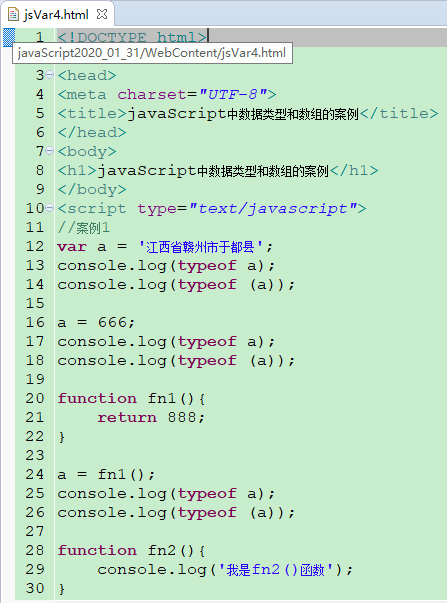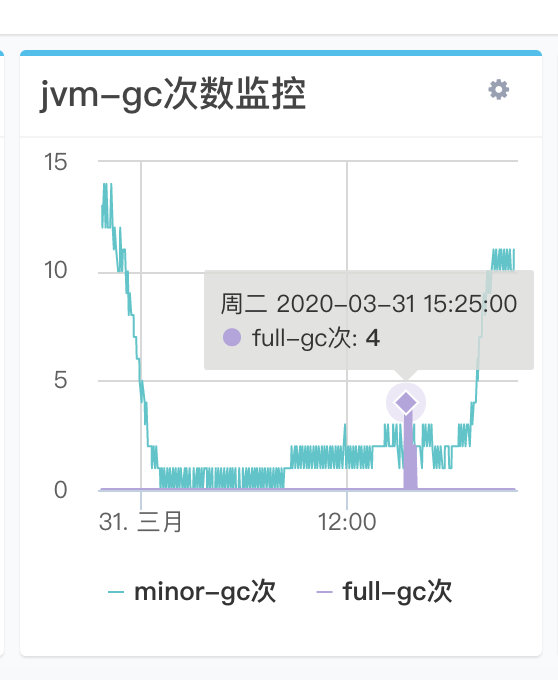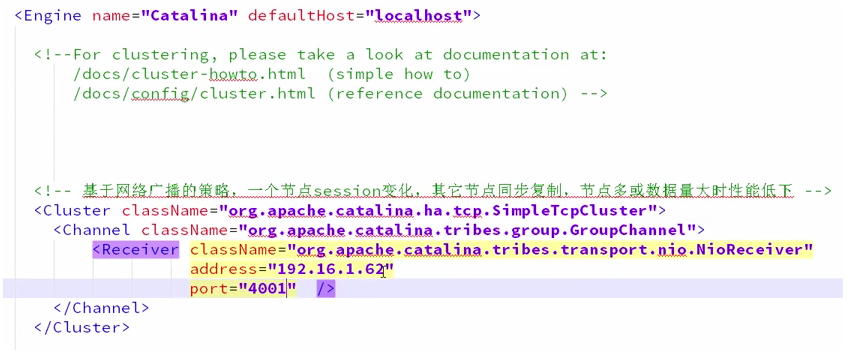ARouter源码分析(二)—— 拦截器源码分析
Arouter源码分析系列文章,请访问https://github.com/AlexMahao/ARouter
在分析路由跳转时,最终的跳转会判断是否是绿色通道,如果不是,将会走拦截器相关的逻辑。
// 如果不是绿色通多,拦截器做拦截if (!postcard.isGreenChannel()) { // It must be run in async thread, maybe interceptor cost too mush time made ANR.interceptorService.doInterceptions(postcard, new InterceptorCallback() {/** * Continue process * * @param postcard route meta */@Overridepublic void onContinue(Postcard postcard) {_navigation(context, postcard, requestCode, callback);}/** * Interrupt process, pipeline will be destory when this method called. * * @param exception Reson of interrupt. */@Overridepublic void onInterrupt(Throwable exception) {if (null != callback) {callback.onInterrupt(postcard);}logger.info(Consts.TAG, "Navigation failed, termination by interceptor : " + exception.getMessage());}});} else {return _navigation(context, postcard, requestCode, callback);}
那么拦截器到底是怎么实现的呢?
逻辑分析
官方demo如下:
@Interceptor(priority = 7)public class Test1Interceptor implements IInterceptor { }
- 编译时期生成拦截器辅助类
- 初始化时期加载拦截器辅助类,并初始化拦截器服务。
- 跳转时期进行拦截器执行
编译时期生成辅助工具类
编译时期通过apt对@Interceptor做处理,生成拦截器辅助类。处理类为InterceptorProcessor。逻辑比较简单,看一下生成的辅助类代码:
public class ARouter$$Interceptors$$app implements IInterceptorGroup {@Overridepublic void loadInto(Map<Integer, Class<? extends IInterceptor>> interceptors) {interceptors.put(7, Test1Interceptor.class);}}
该辅助类就是将拦截器的类存入到一个集合中去。其中key是声明的拦截器的优先级。
初始化时期加载拦截器
在之前分析路由跳转时,加载路由表到Warehouse中存储是通过LogisticsCenter.init()方法,该方法中获取com.alibaba.android.arouter.routes下面的所有类,其中包含了Interceptors的辅助类。在该方法中加载辅助类并将Interceptor存储到Warehouse中。
public synchronized static void init(Context context, ThreadPoolExecutor tpe) throws HandlerException {try {// ....if (registerByPlugin) {logger.info(TAG, "Load router map by arouter-auto-register plugin.");} else {Set<String> routerMap;for (String className : routerMap) {if (className.startsWith(ROUTE_ROOT_PAKCAGE + DOT + SDK_NAME + SEPARATOR + SUFFIX_ROOT)) {// This one of root elements, load root.((IRouteRoot) (Class.forName(className).getConstructor().newInstance())).loadInto(Warehouse.groupsIndex);} else if (className.startsWith(ROUTE_ROOT_PAKCAGE + DOT + SDK_NAME + SEPARATOR + SUFFIX_INTERCEPTORS)) {// Load interceptorMeta// ==== 加载插件代码 ===((IInterceptorGroup) (Class.forName(className).getConstructor().newInstance())).loadInto(Warehouse.interceptorsIndex);} else if (className.startsWith(ROUTE_ROOT_PAKCAGE + DOT + SDK_NAME + SEPARATOR + SUFFIX_PROVIDERS)) {// Load providerIndex((IProviderGroup) (Class.forName(className).getConstructor().newInstance())).loadInto(Warehouse.providersIndex);}}}} catch (Exception e) {throw new HandlerException(TAG + "ARouter init logistics center exception! [" + e.getMessage() + "]");}}
这只是加载了插件,同时在ARouter.init()方法中,有如下逻辑
public static void init(Application application) {if (!hasInit) {logger = _ARouter.logger;_ARouter.logger.info(Consts.TAG, "ARouter init start.");// 初始化操作hasInit = _ARouter.init(application);if (hasInit) {// 初始化拦截器_ARouter.afterInit();}_ARouter.logger.info(Consts.TAG, "ARouter init over.");}}
其中_Arouter.init()是对辅助类进行加载。然后调用了_ARouter.afterInit()进行加载插件。
static void afterInit() {// Trigger interceptor init, use byName.interceptorService = (InterceptorService) ARouter.getInstance().build("/arouter/service/interceptor").navigation();}
该方法获取interceptorService的实例,该实例其实也是一个路由地址。ARouter提供一种加载实例的方式,就是Provider,通过该机制,可以@Router注解的方式,获取对象实例。这个后面文章分析。
而对于InterceptorService,最终实例化的对象就是InterceptorServiceImpl类。
并且实例化对象的时候,会调用InterceptorServiceImpl.init()方法。
@Overridepublic void init(final Context context) {// 启动一个子线程LogisticsCenter.executor.execute(new Runnable() {@Overridepublic void run() {// 如果interceptors如果不为null,则进行初始化if (MapUtils.isNotEmpty(Warehouse.interceptorsIndex)) {for (Map.Entry<Integer, Class<? extends IInterceptor>> entry : Warehouse.interceptorsIndex.entrySet()) {Class<? extends IInterceptor> interceptorClass = entry.getValue();try {// 构造Interceptor实例IInterceptor iInterceptor = interceptorClass.getConstructor().newInstance();// 调用Interceptor的init方法iInterceptor.init(context);// 保存Interceptor对象Warehouse.interceptors.add(iInterceptor);} catch (Exception ex) {throw new HandlerException(TAG + "ARouter init interceptor error! name = [" + interceptorClass.getName() + "], reason = [" + ex.getMessage() + "]");}}// 初始化完成标识interceptorHasInit = true;logger.info(TAG, "ARouter interceptors init over.");synchronized (interceptorInitLock) {interceptorInitLock.notifyAll();}}}});}
此处仅仅是初始化一个InterceptorServiceImpl对象并保存。
跳转时期,进行拦截
路由在跳转是时期,判断是否是绿色通道不然拦截并调用如下代码:
interceptorService.doInterceptions(postcard, new InterceptorCallback() {/** * Continue process * * @param postcard route meta */@Overridepublic void onContinue(Postcard postcard) {_navigation(context, postcard, requestCode, callback);}/** * Interrupt process, pipeline will be destory when this method called. * * @param exception Reson of interrupt. */@Overridepublic void onInterrupt(Throwable exception) {if (null != callback) {callback.onInterrupt(postcard);}logger.info(Consts.TAG, "Navigation failed, termination by interceptor : " + exception.getMessage());}});
实质就是调用 InterceptorServiceImpl.doInterceptions().
@Overridepublic void doInterceptions(final Postcard postcard, final InterceptorCallback callback) {if (null != Warehouse.interceptors && Warehouse.interceptors.size() > 0) {// 判断是否初始化完成,该方法是一个循环,除非打断,不然不会结束checkInterceptorsInitStatus();// 如果初始化失败,则中断路由跳转if (!interceptorHasInit) {callback.onInterrupt(new HandlerException("Interceptors initialization takes too much time."));return;}LogisticsCenter.executor.execute(new Runnable() {@Overridepublic void run() {// 线程同步工具类CancelableCountDownLatch interceptorCounter = new CancelableCountDownLatch(Warehouse.interceptors.size());try {// 执行所有拦截器_excute(0, interceptorCounter, postcard);// 阻塞线程,等待拦截器执行或者超时interceptorCounter.await(postcard.getTimeout(), TimeUnit.SECONDS);// 如果getCount>0,说明拦截器没有执行完毕就超时了if (interceptorCounter.getCount() > 0) { // Cancel the navigation this time, if it hasn't return anythings.callback.onInterrupt(new HandlerException("The interceptor processing timed out."));} else if (null != postcard.getTag()) { // Maybe some exception in the tag.// 某个拦截器发起的拦截操作callback.onInterrupt(new HandlerException(postcard.getTag().toString()));} else {// 继续进行路由跳转callback.onContinue(postcard);}} catch (Exception e) {callback.onInterrupt(e);}}});} else {// 如果没有拦截器,直接回调成功,继续路由跳转callback.onContinue(postcard);}}
判断是否有拦截器,如果没有,则直接回调路由跳转。否则进行拦截器拦截操作。主要流程如下:
检查拦截器加载是否完成。因为拦截器的加载和初始化是放在子线程进行,并且是在路由初始化时期。所以需要检查状态。如果拦截器初始化失败,则直接中断路由跳转。
在子线中开始准备拦截器遍历,在这里用到了CancelableCountDownLatch,该类继承CountDownLatch,主要用于线程间同步。
然后执行拦截器遍历_excute()。该方法主要是拦截器的遍历和执行。
private static void _excute(final int index, final CancelableCountDownLatch counter, final Postcard postcard) {if (index < Warehouse.interceptors.size()) {// 获取拦截器IInterceptor iInterceptor = Warehouse.interceptors.get(index);// 调用拦截器 process 方法iInterceptor.process(postcard, new InterceptorCallback() {@Overridepublic void onContinue(Postcard postcard) {// Last interceptor excute over with no exception.// 计数,用于线程同步counter.countDown();// 下一个拦截_excute(index + 1, counter, postcard); // When counter is down, it will be execute continue ,but index bigger than interceptors size, then U know.}@Overridepublic void onInterrupt(Throwable exception) {// Last interceptor excute over with fatal exception.// 中断标记postcard.setTag(null == exception ? new HandlerException("No message.") : exception.getMessage()); // save the exception message for backup.// 结束线程同步,置计数器为0counter.cancel();}});}}
拦截器的遍历有一个关键点,执行下一个拦截器的前提是前一个拦截器调用了InterceptorCallback.onContinue()方法。如果没有回调,那么久不会执行下一个拦截器。
继续回到doInterceptions()方法。
// 阻塞线程,等待拦截器执行或者超时interceptorCounter.await(postcard.getTimeout(), TimeUnit.SECONDS);
由于上面的问题,这一行代码就很关键。万一拦截器没有回调并开始下一个拦截,那么该行代码将会阻塞,直到所有的拦截器被执行或者是超时。通过代码看,默认超时时间是300s。
再往下就是根据拦截器的结果进行不同逻辑的分发了。



































还没有评论,来说两句吧...